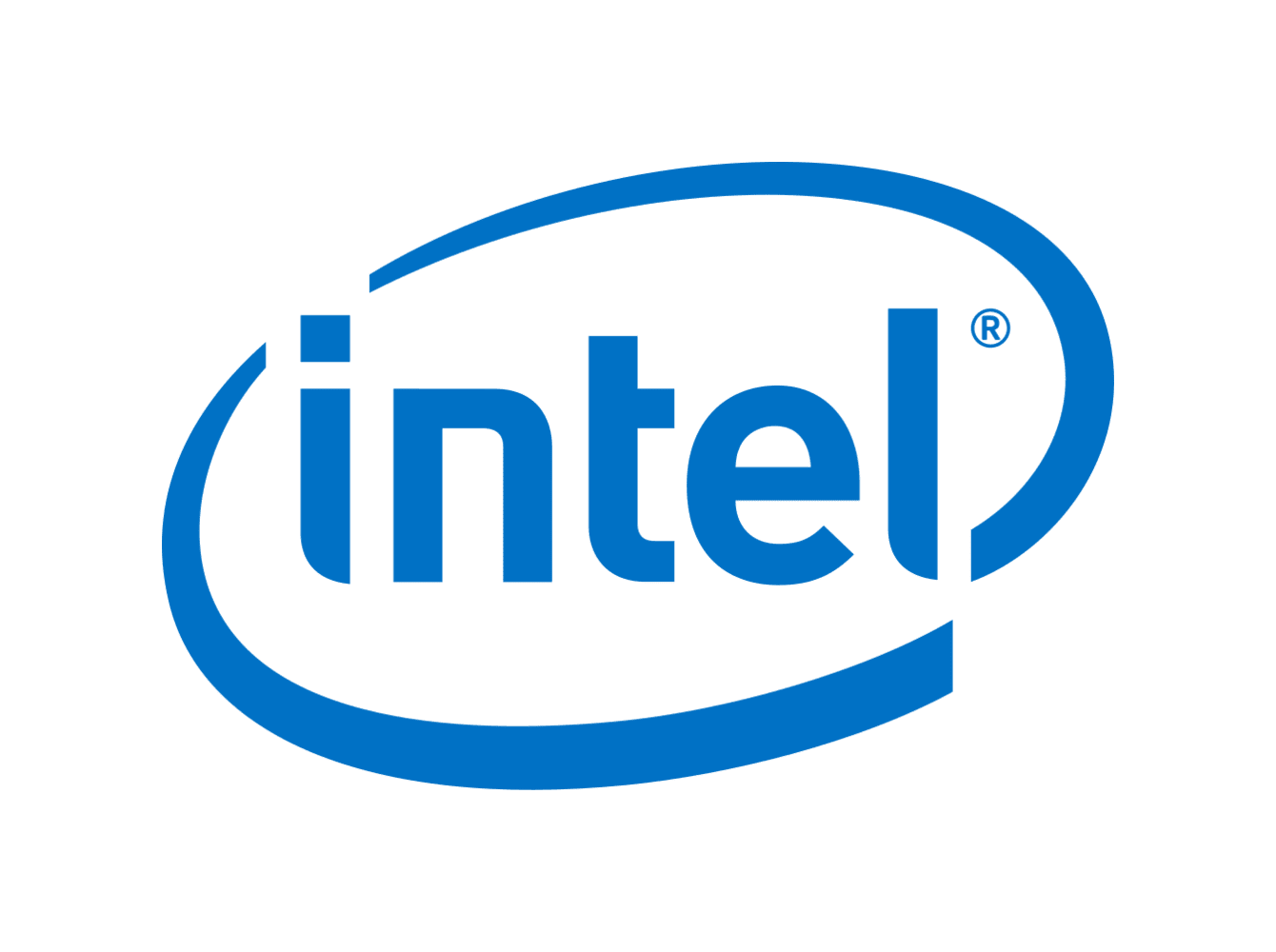Im still thinking about switching to Intel and obviously every single review mentions how hot this CPU can get. Thing is: This is mostly at STOCK SETTINGS and in BENCHMARKS. How about real world usage? Can anyone share his experience with this CPU and with reasonable powerlimits/undervolting? Im also planning to use my aircooler, a Noctua u12A. My goal is to keep the PC quiet, would this be possible with aircooling and a bit of fiddling in BIOS? Im cool as long as I could keep the RPM under 1000 much like I do right now on my Ryzen CPU.
I got my 14700k and have been testing and setting in up in my latest build. I run everything at stock, with the exception of voltage, where I set for a negative offset of 0.030. I am cooling it with a 360 AIO.
- In benchmark, C23, I get a maximum of 84C
- in various games, I am between the upper 40s and the low 50s the vast majority of the times. The max I ever saw was during Cyberpunk, when I read 61 once. I VR never went above 40 pretty much
Hope it helps!
Undervolting a bit will help a lot.
I undervolted my 13700k, most I see is about 85c in cinebench. Real world the max I’ve seen in game was Cyberpunk around 70c-75c. Most games are 50c-60c.
Just for comparison: I have the 13700 (non-K) with b760 motherboard and if you stick to intel 65w tdp, it’s cold. But when you turn on the performance mode maxed to 90c, it goes up to 93c 5ghz-5.2ghz all p cores. Everything “cooled” by 240mm aio and with a contact frame. I bet it will reach the 100c if I disable the temp limit completely. The max power I get is 215-260w. And yes, I use it for work everyday and it reaches that temp. But intel made the processor to run that hot so no biggie.
Intel cpus are incredibly easy to cool, but at the same time it left without any power limit they will literally draw up to 400 watts in multithreaded workloads. I’m running a U12A on a 14900k and it works like a charm, but again, it depends on what your goal is. By maxing the fans and letting the cpu get to 100c I get around 43k in cbr23. That’s both loud and hot. But on the other hand, dropping to a score of 40k will bring the temps down to 80c and the fans are just chilling.
It strongly depends on your real world cases. Gaming workload? Temperatures are fine. Rendering workload? A lot higher temperatures, and it depends on your cooler whether that’s fine.
I’m willing to try some scenarions you’d wish to know about at 1000rpm fan speed and report the temperature and performance results (eg how long did it take to encode some audio or video etc) as long as I don’t have to pay for the software in question (like games) though😅
Just set power limits according to the workloads you run. Unless you’re blasting all cores at full tilt, Intel isn’t any hotter than Ryzen.
This article might be of help in making a decision.
Throttling your own cpu seems to be a bad idea bc then you do not get what the benchmarking boast and in the end perform worse than an amd product at similar price?
In 99% of use cases you get exactly what benchmarks promise. Power limits only affect very small set of workloads.

